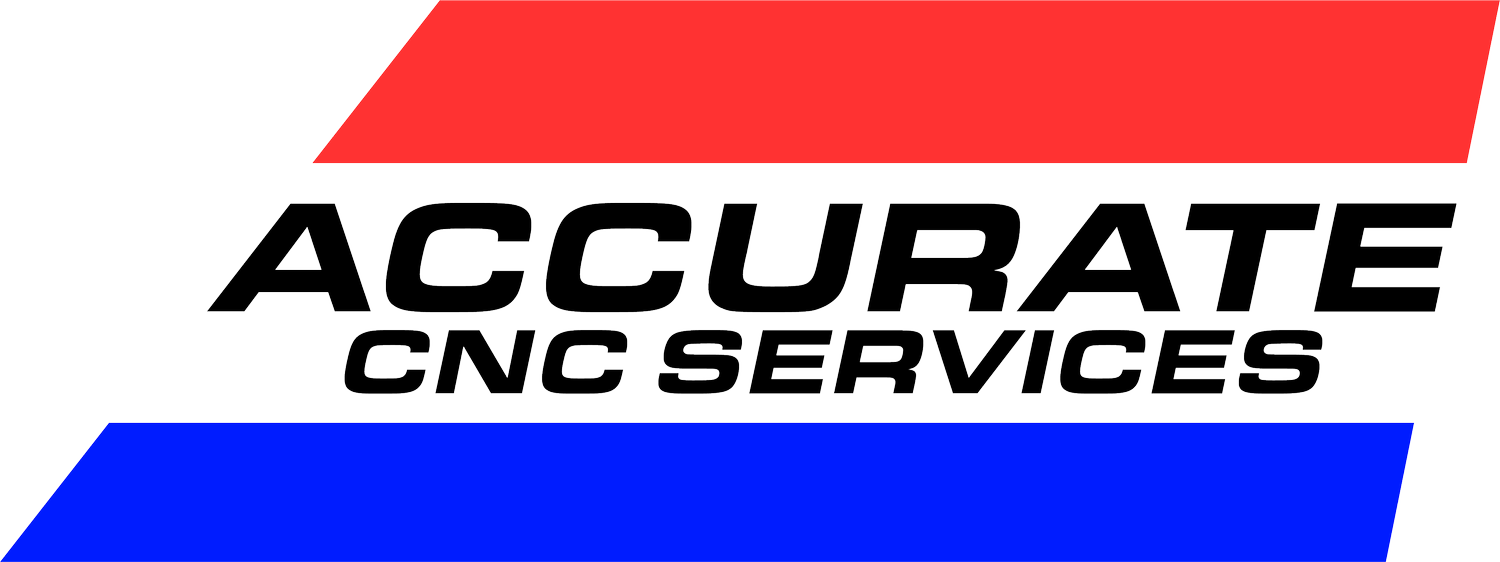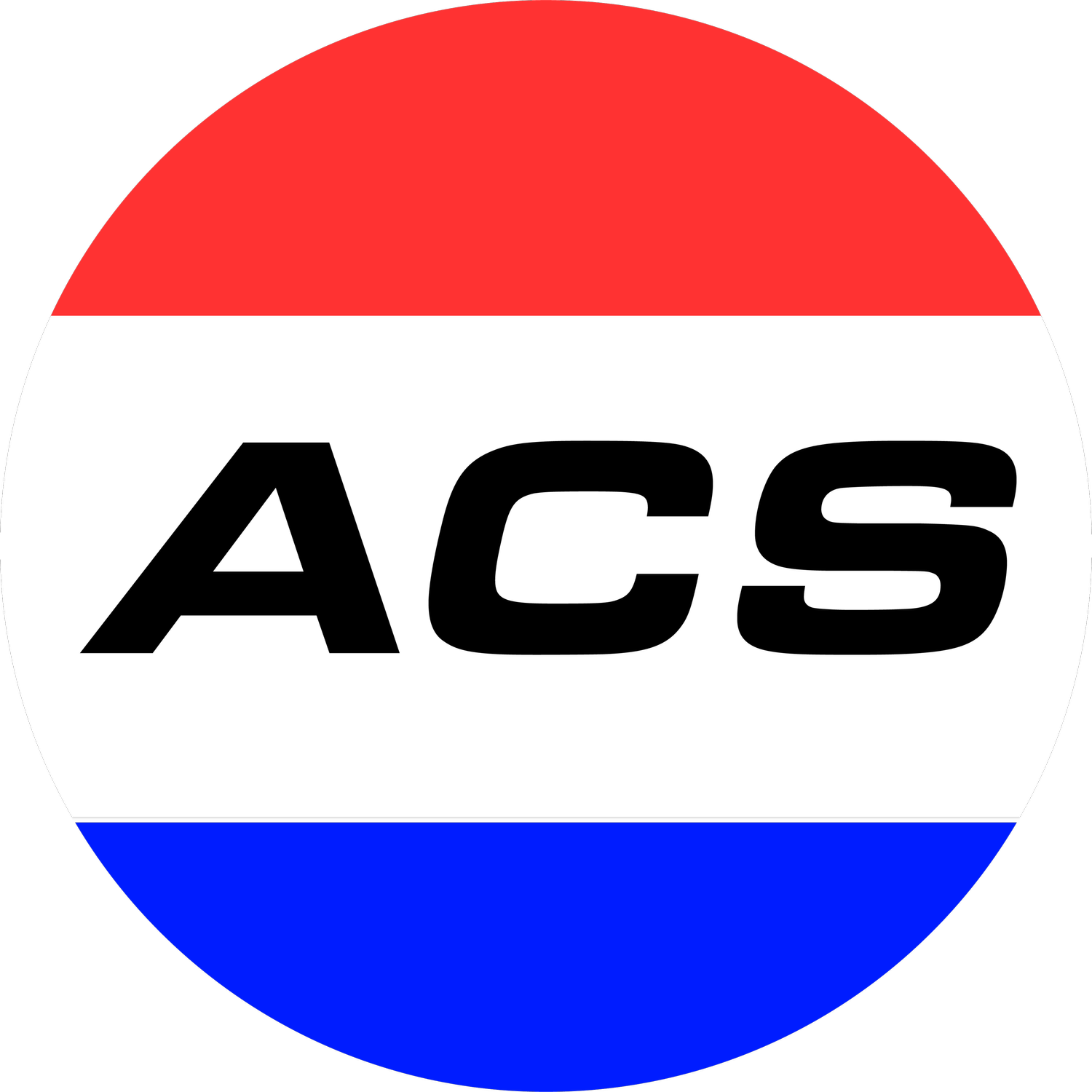4 Engineering Design Tips You Didn’t Learn in School
We do our best manufacturing work when engineers do their best design work! And with decades of experience reviewing incredible, engineer-made designs, we’ve learned a thing or two about which designs become the best parts and products.
Here are four tips to help engineers like you optimize your designs for superior manufacturability and streamlined assembly.
1. How to Avoid Challenging Right Angles
Challenge: Sharp corners like right angles are practically impossible to machine without costly custom tooling or EDM capabilities.
Solution: Design your part’s sharp corners with channel tags.
Also called “earmarks,” channel tags are small, circular channels machined in place of a tight angle. A channel tag is easy for a precision machine shop to create, and it won’t prevent a square component from fitting into the part’s now-spacious corner.
Channel tags won’t impact the integrity of your part, either. The small earmark simply creates clearance for the mating part’s square corner. The size of that clearance is up to you!
We can machine channel tags as small as our tooling radius if you prefer. However, some engineers design larger channels, allowing room to install a fastener in the corner.
2. How to Increase the Sheet Yield on a “Panel Product”
Challenge: Some amount of material is always lost to the machining process, even when cutting flat right-angle “panel products” from sheet material, such as Lexan panels for machine doors, plywood panels for conveyor belts, or tops and bases for podiums.
These two-dimensional parts are all made from flat sheets of material, but we don’t simply cut the material into equal pieces and call it a day. Every edge of the part must be machined to ensure uniformity.
Solution: Account for material loss in your part’s design, and don’t assume that every millimeter of material will end up in the product.
For example, imagine you design a Lexan window to be 24” x 48.” Logic suggests that four windows could be made from a 48” x 96” sheet of material—but that’s not the case.
To get four windows from the Lexan sheet, you’ll need to reduce your design width and length by 0.500.” This slight size reduction allows enough space for your precision machine shop to machine away the raw edges, which could otherwise be left rough and dented—certainly not up to our high standards!
3. How to Ensure Your Dimensional Constraints Are Met
Challenge: Certain materials expand or contract during machining, rendering them incapable of accurately meeting tight dimensional constraints.
UHMW is one material that simply cannot hold tight tolerances—period. This plastic can expand and contract upwards of 0.010” after machining, depending on the ambient temperature.
Solution: Choose a dimensionally stable material for your tight tolerance parts.
Two of our favorite examples of dimensionally stable materials are NYLOIL® and Nylatron. You can also research material properties or reach out to your manufacturer help determining which materials to select.
4. How to Maintain Your Blueprint Data
Challenge: Out-of-date blueprints can lead your precision machine shop to make parts with undesired features, incorrect tolerances, or any number of unwanted elements from a previous design iteration.
Solution: Did you redesign your part in CAD? Remember that you must also republish the drawing file and double-check that it refreshes! Ensure that the CAD and drawing files are linked, and your updated dimensions in CAD will auto-populate the drawing.
Get Superior Parts and Simple Solutions with Accurate CNC Services
From one-off custom parts to production projects, Accurate CNC Services provides expert precision machining services with an emphasis on helping our customers identify optimal solutions. We can’t wait to work with you on your next project!



